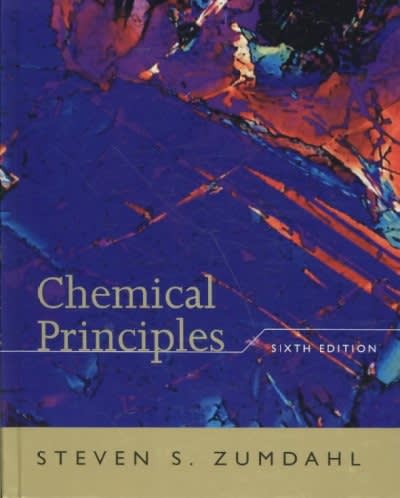* The formate ion, (mathrm{CHO}_{2}{ }^{-}), forms ionic compounds with many metal ions. Assume that (9.7416 mathrm{~g}...
Question:
* The formate ion, \(\mathrm{CHO}_{2}{ }^{-}\), forms ionic compounds with many metal ions. Assume that \(9.7416 \mathrm{~g} \mathrm{M}\left(\mathrm{CHO}_{2}ight)_{2}\) (where \(\mathrm{M}\) represents the atomic symbol for a particular metal) is dissolved in water. When a solution of 0.200 \(M\) sodium sulfate is added, a white precipitate forms. The sodium sulfate solution is added until no more precipitate forms; then a few milliliters are added in excess. The precipitate is filtered, dried, and weighed. It has a mass of \(9.9392 \mathrm{~g}\). The filtrate is saved for further use.
A potassium permanganate solution is standardized by dissolving \(0.9234 \mathrm{~g}\) sodium oxalate in dilute sulfuric\footnotetext{} acid and then titrating with the potassium permanganate solution. The principal products of the reaction are manganese(II) ion and carbon dioxide gas. The titration requires \(18.55 \mathrm{~mL}\) of the potassium permanganate solution to reach the endpoint, which is indicated by the first permanent, but barely perceptible, pink color of the permanganate ion.
The filtrate from the original reaction is diluted by pouring it into a \(250-\mathrm{mL}\) volumetric flask, diluting to the mark with water, and then mixing thoroughly. An aliquot consisting of \(10.00 \mathrm{~mL}\) of this diluted solution is pipetted into a 125 -mL Erlenmeyer flask, approximately \(25 \mathrm{~mL}\) of water is added, and the solution is made basic. What volume of the standard permanganate
solution will be needed to titrate this solution to the equivalence point? The principal products of the reaction are carbonate ion and manganese(IV) oxide. Identify M.
Step by Step Answer:






